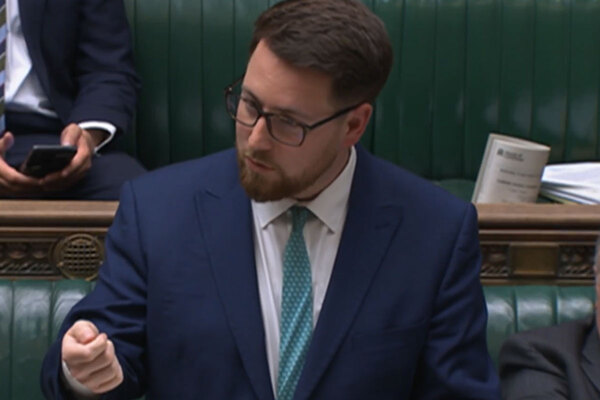You are viewing 1 of your 1 free articles
Latest housing research: a broader tenure offering to address access and affordability
Suzanne Benson highlights two must-read reports that discuss how a variety of tenures could improve access to both homeownership and renting for those who need it
This month, I have chosen to highlight two reports that focus on suggesting future policy changes to support a broader tenure offering – taking a realistic but creative approach to addressing the affordability challenge.
A report by the Social Market Foundation called Home economics: Financial policies to increase homeownership is interesting in choosing to focus on solutions that differ from the more traditional models used to support affordable homeownership.
Shared equity models get little more than a nod with a reference to the pros and cons of the Help to Buy equity loan scheme – and shared ownership, the government’s current main grant-funded affordable homeownership product, is not referenced at all. What the author does instead is look closely at various international models and markets to create suggestions for different types of market intervention.
In analysing the key drivers for the challenges faced by first-time buyers, the report highlights the twin trends of rapidly rising prices over the past 20 years and changes in lending practices that have excluded people with lower savings while boosting the market for private landlords. This puts today’s first-time buyers in a more challenging position than they have ever been in.
The report concludes by proposing three key challenges and recommendations for policymakers. First, to allow insurers to provide mortgage insurance for high loan-to-value mortgages, enabling lenders to accept lower deposits. Second, to encourage lenders to offer longer-term fixed rates – in some cases for a full 30-year term – to increase certainty, combined with mandated changes to affordability requirements.
The final and more controversial recommendation is a broader overhaul of the tax system to create more equitable property taxes. This includes, among other things, the abolition of stamp duty, punitive taxes for specific groups (vacant homes, house flipping) and a new scheme to utilise a proportion of private renters’ council tax to create individual home deposit savings accounts.
“Although the term ‘living rent’ has been in use for around 10 years and is a policy focus in London housing and some combined authority areas, it is still quite poorly understood”
Although the report does not try to address some of the wider consequences of the more innovative suggestions – the resultant shortfall in council tax being an obvious issue – it does create a wider platform for discussing potential market solutions and draws some really interesting parallels with overseas markets.
A report from the Centre for Social Justice – Living Rent that Works: Unlocking Genuinely Affordable Homes for Thriving Lives – focuses on the growing concept of living rents as an alternative to the more mainstream grant-funded variants of social and affordable rents.
Although the term ‘living rent’ has been in use for around 10 years and is a policy focus in London housing and some combined authority areas, it is still quite poorly understood. The report starts with a clear analysis of living rents – underlining the link to an individual’s capacity to earn and the key advantage it provides for lower-income workers in higher-value areas.
The report focuses on the relative advantages of a more locally led policy underpinning the living rent tenure and outlines the potential financial and policy issues to be considered both by government and local authorities in considering adopting living rents as an alternative tenure – focusing particularly on its use for specialist groups such as key workers and as stepping stone accommodation for supporting people moving on from homelessness.
The report concludes by setting out seven recommendations that are worth a read. First, that the government should look to design and approve an Affordable Homes Programme that supports living rent, as a replacement for affordable rent.
Consulting widely with residents and housing associations, the government should look to set income-linked ceilings for living rents and ensure that any sub-inflationary shortfalls are fully funded through a form of insurance or government grant.
Alongside this, a renewed ‘Public Land for Housing Programme’ should be implemented that seeks to substantially outperform its predecessor. Further, government should examine the possibility of implementing living rent (income-linked) accommodation on such sites where possible.
The author further recommends that government, at relevant national and local levels, should create a dedicated planning category for stepping stone accommodation that enables people to move on from supported housing and transition into employment and independent living. For this category alone, government should permit dwellings to be constructed at a smaller size than the current minimum space standards.
Both reports provide a thoughtful and provocative analysis of some of the wider options an incoming administration could consider when looking at future housing policy to assist groups who are currently largely excluded from the market. In an election year, it will be interesting to see whether any of their suggestions are picked up.
Suzanne Benson, partner, Trowers & Hamlins; and member, Thinkhouse editorial panel
Sign up for our tenancy management newsletter
Already have an account? Click here to manage your newsletters













